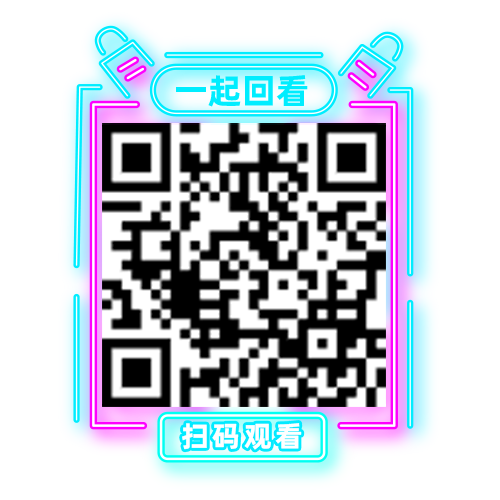GOTC OpenSDV Software-Defined Vehicle
May 28 09:00:00-17:00:00
Address: Zhangjiang Science Hall
Producer: OpenSDV Automotive Software Open Source Alliance
Host: Zhaozhi Teng
Under the evolution of EE architecture and the trend towards domain control centralization, the proportion of software in automobiles is constantly expanding. This has a profound impact on the R&D mode, development process, system integration function security, cost control, and post-market operation mode of automobiles. It requires us to re-examine the automotive industry from a technological perspective as a whole and consider how to empower automotive engineering through rapid software development models to bring new production methods and creative directions for automotive products.
The OpenSDV is committed to building a global open source technology and ecosystem for automotive software. Through this forum, experts, scholars, and technical developers from the automotive industry and related cross-disciplinary fields will gather to exchange views and share experiences. We will explore opportunities and challenges faced by technological innovation and industrial development under the trend of software-defined cars.
